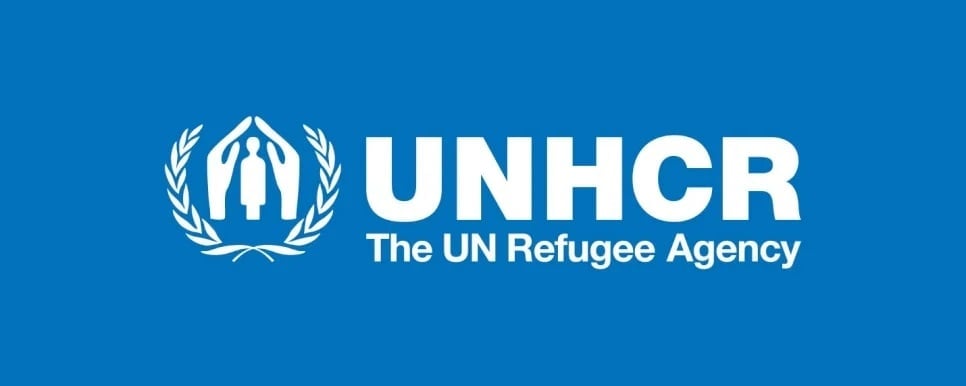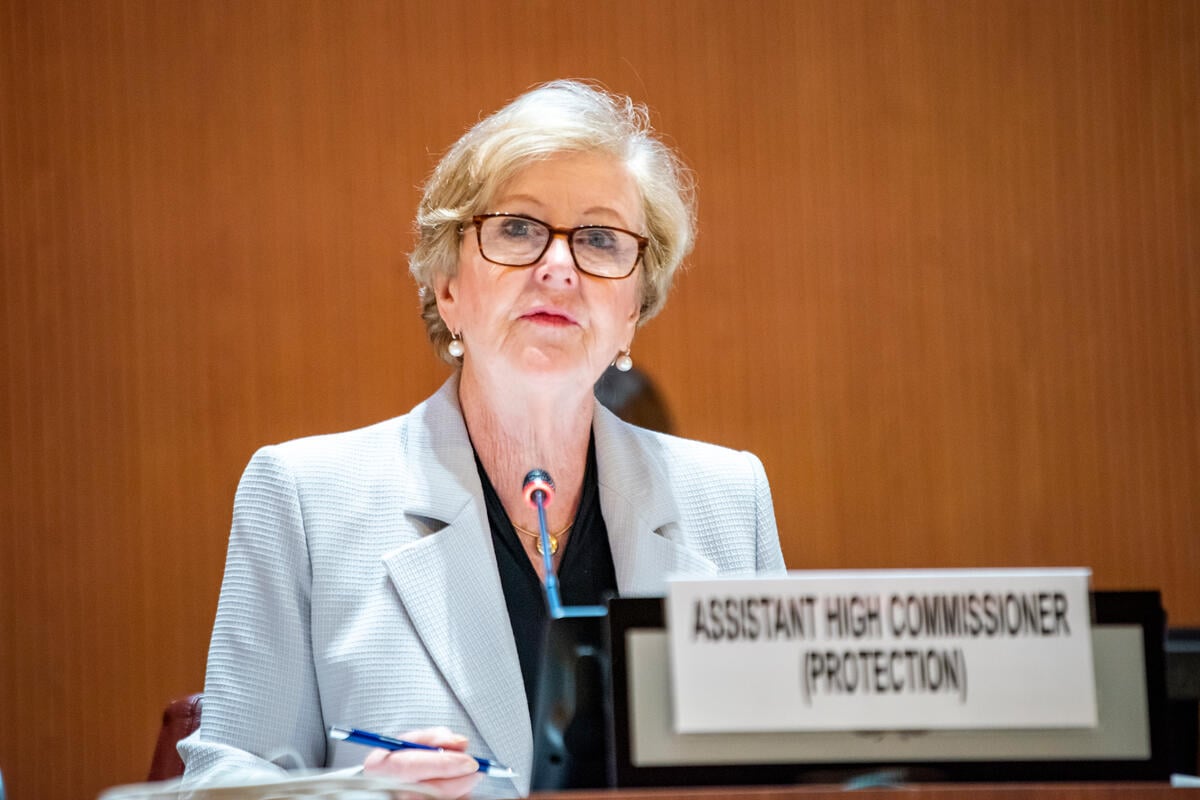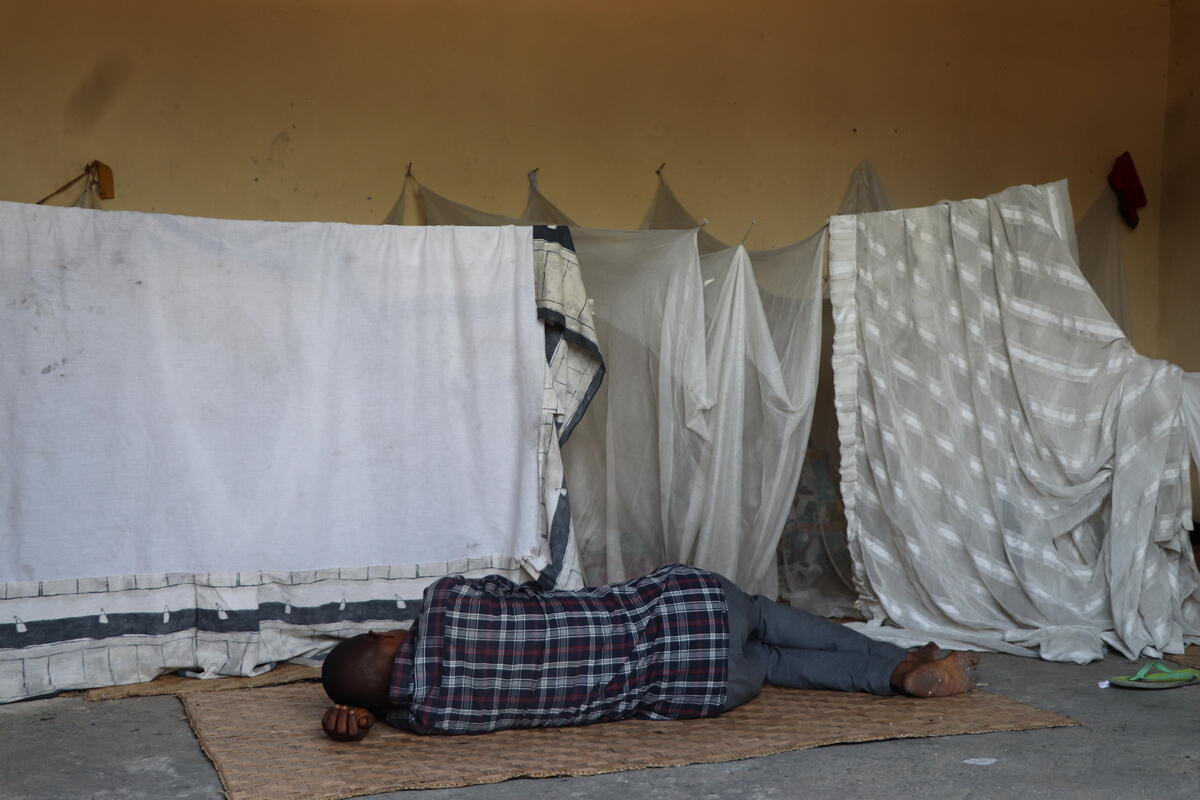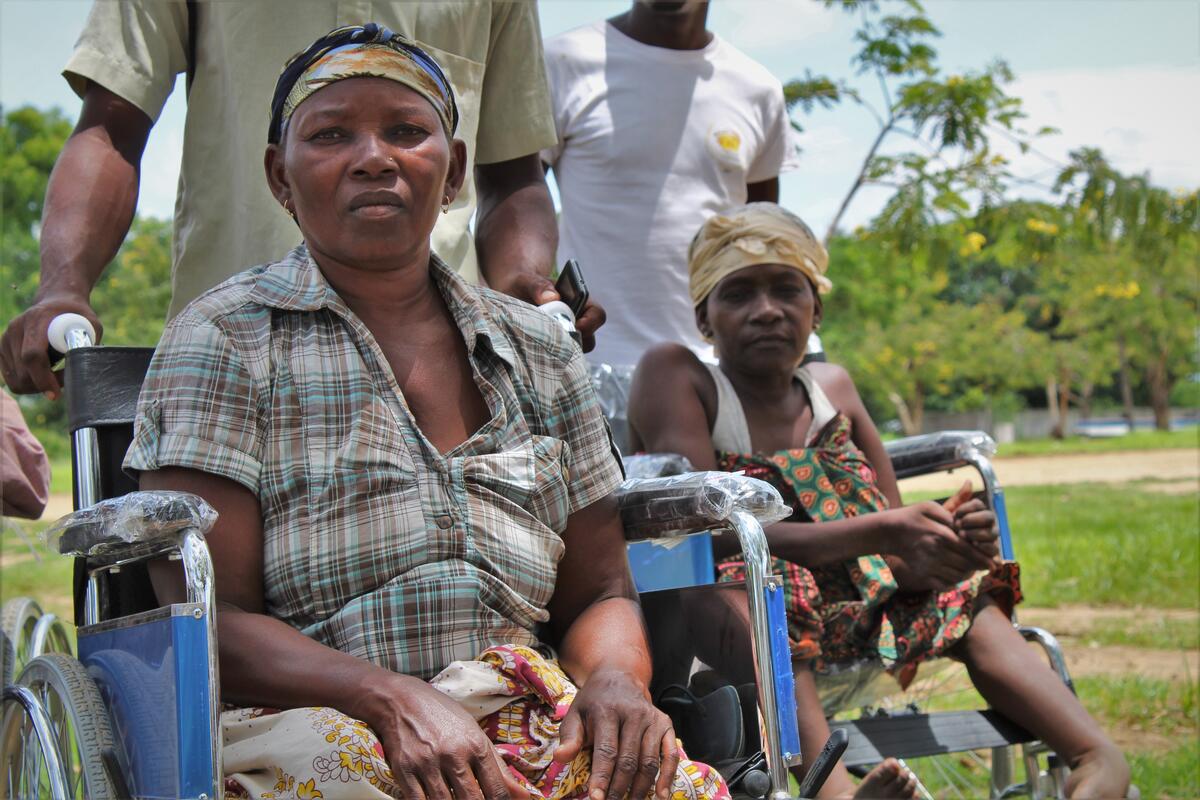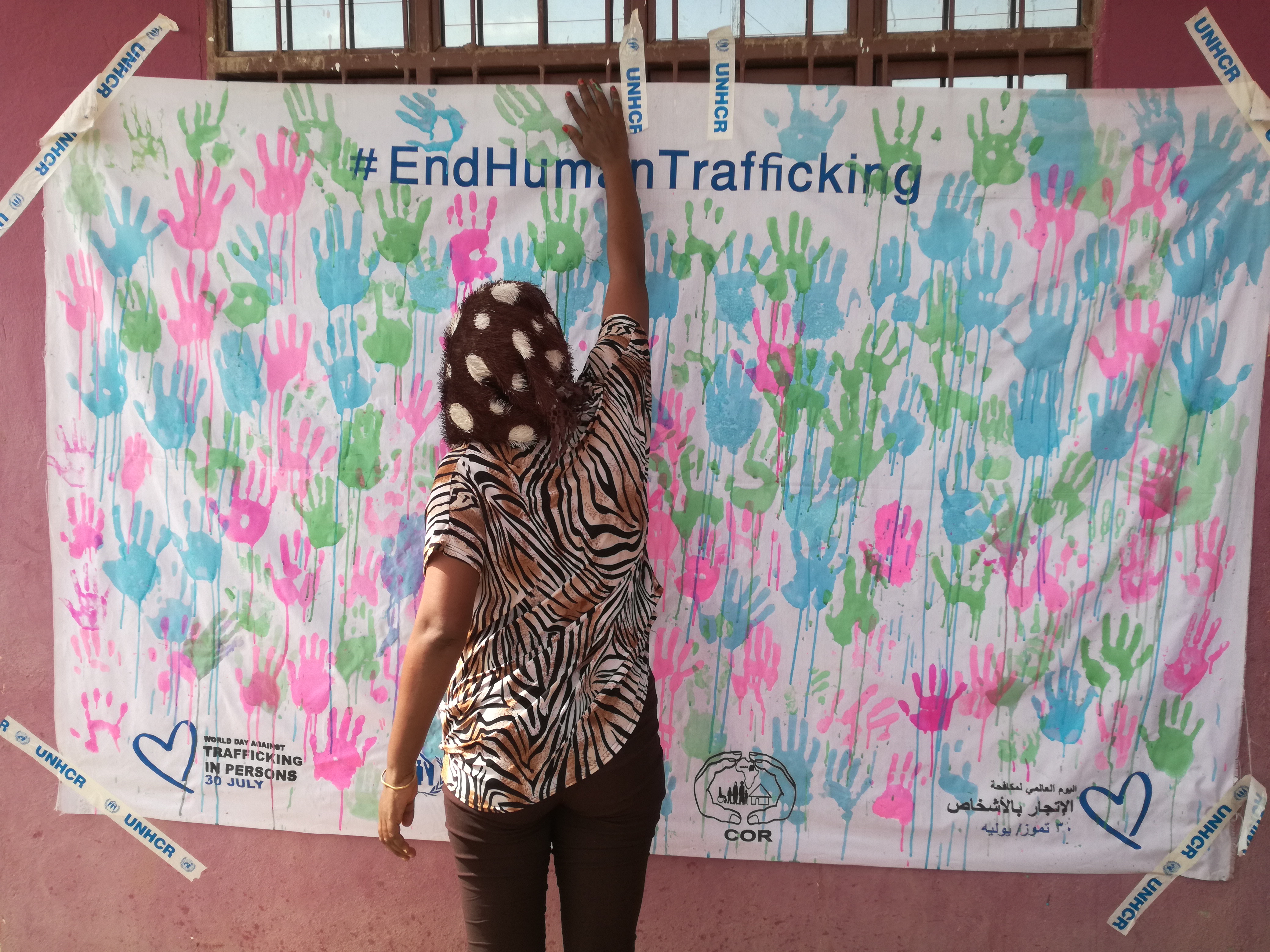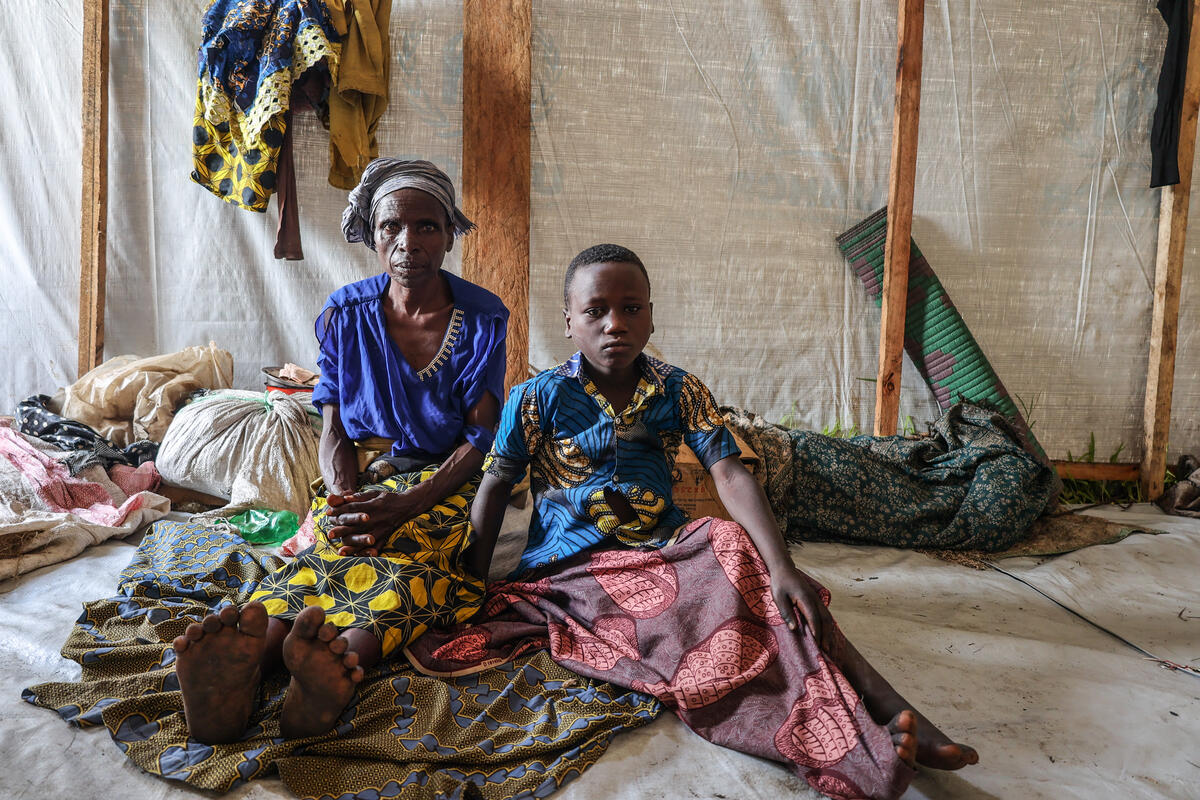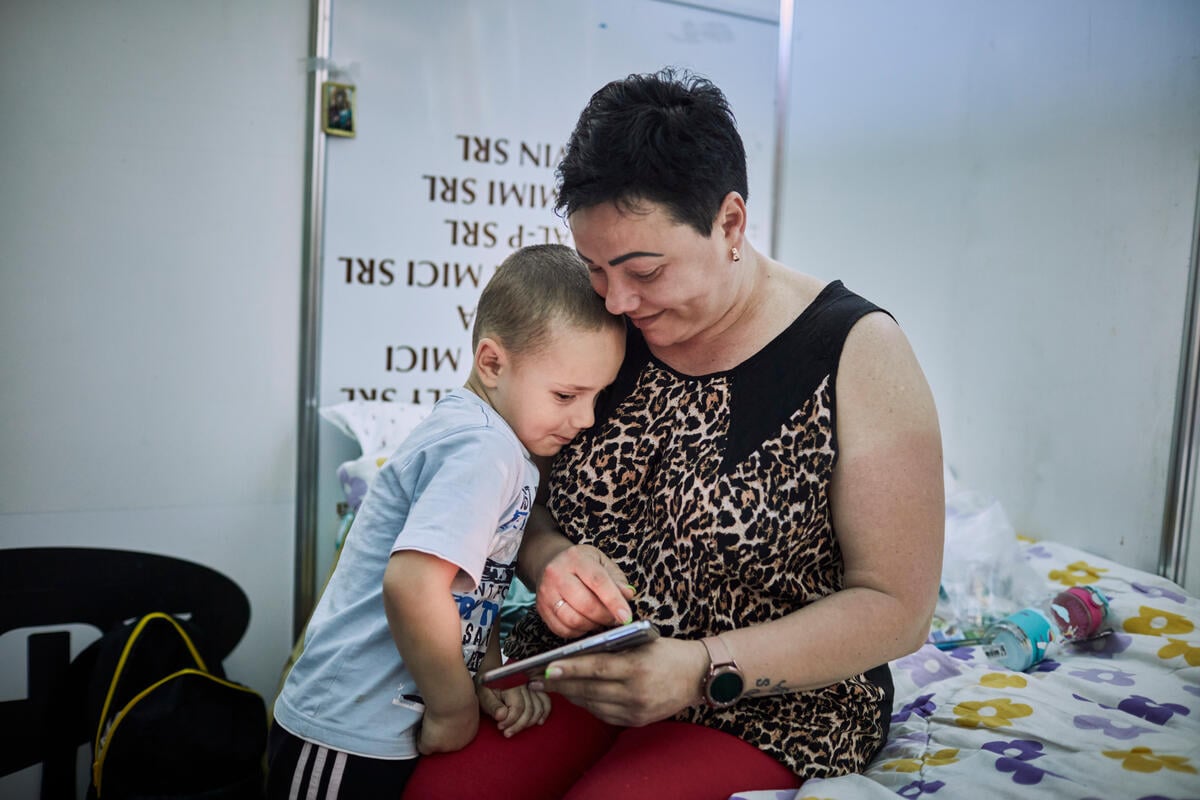UNHCR calls for protection, support for civilians affected by violence in southern Afghanistan
UNHCR calls for protection, support for civilians affected by violence in southern Afghanistan

UNHCR, the UN Refugee Agency, calls for urgent protection and assistance for tens of thousands of civilians displaced by recent escalation of violence in Afghanistan’s southern Helmand Province.
Men, women and children have been forced from their homes in Nahr-e-Saraj, Nawa-e-Barakzaiy, Nad-e-Ali/Marja and Lashkargah districts by a fresh wave of fighting between the Taliban and government forces. Many ran for their lives with no belongings. Although the exact extent of new displacement is unknown, local authorities estimate more than 5,000 families (nearly 40,000 people) have fled in the last 10 days since clashes erupted.
‘’This latest eruption of violence and displacement reflects the multitude of challenges Afghanistan is facing today.’’ said Caroline Van Buren, UNHCR Representative for Afghanistan. “More support is urgently needed as the country grapples with insecurity in some parts, on top of the ongoing COVID-19 pandemic.”
UNHCR, as part of the government-led joint humanitarian response, is helping affected people in Helmand. Initial assessments have identified more than 5,000 displaced people in need of immediate assistance. The number is expected to rise as teams continue assessments.
In the last few days, UNHCR has dispatched emergency shelter kits and essential household items such as blankets, plastic sheets, water buckets, cooking utensils and hygiene kits. In addition, UNHCR is providing cash assistance for particularly vulnerable individuals, such as the elderly, children and women at risk, people with disabilities, and those with serious medical conditions. Our initial assessment found that many displaced families urgently need food, water, shelter, hygiene kits, latrines, and cash for rent and other purposes.
‘’Humanitarians are working with limited access to the majority of displaced civilians,’’ said UNHCR’s Van Buren. “Disruptions in telecommunications, the threat of improvised explosive devices and the continued closure of the highway between Kandahar and Helmand following the destruction of several bridges are adding to the challenges.”
Mobile health teams are delivering services to displaced people in Lashkar Gah – the capital of Helmand Province, where the majority of displaced Afghans are currently staying. Living conditions are poor with many living in open spaces, in rented accommodation shared with several families, or in shops in the vegetable market.
The Afghanistan National Disaster Management Authority (ANDMA) has allocated 20 million AFN (US$260,000) and is distributing food packages to some 200 families.
More than 220,000 Afghans have been newly displaced by conflict so far this year while another 456,000 people were forced to flee their homes in 2019, adding to an overall figure of around 4.1 million people displaced in Afghanistan since 2012. Conflict and poverty have prevented most of them from returning to their areas of origin.
For more information on this topic, please contact:
- In Kabul, Mohammad Nader Farhad, [email protected], +93 791 99 00 18
- In Bangkok, Catherine Stubberfield, [email protected], +66 65 929 8062
- In Bangkok, Kasita Rochanakorn, [email protected], +66 646 168 325
- In Geneva, Babar Baloch, [email protected], +41 79 513 9549
- In New York, Kathryn Mahoney, [email protected], +1 347 443 7646


